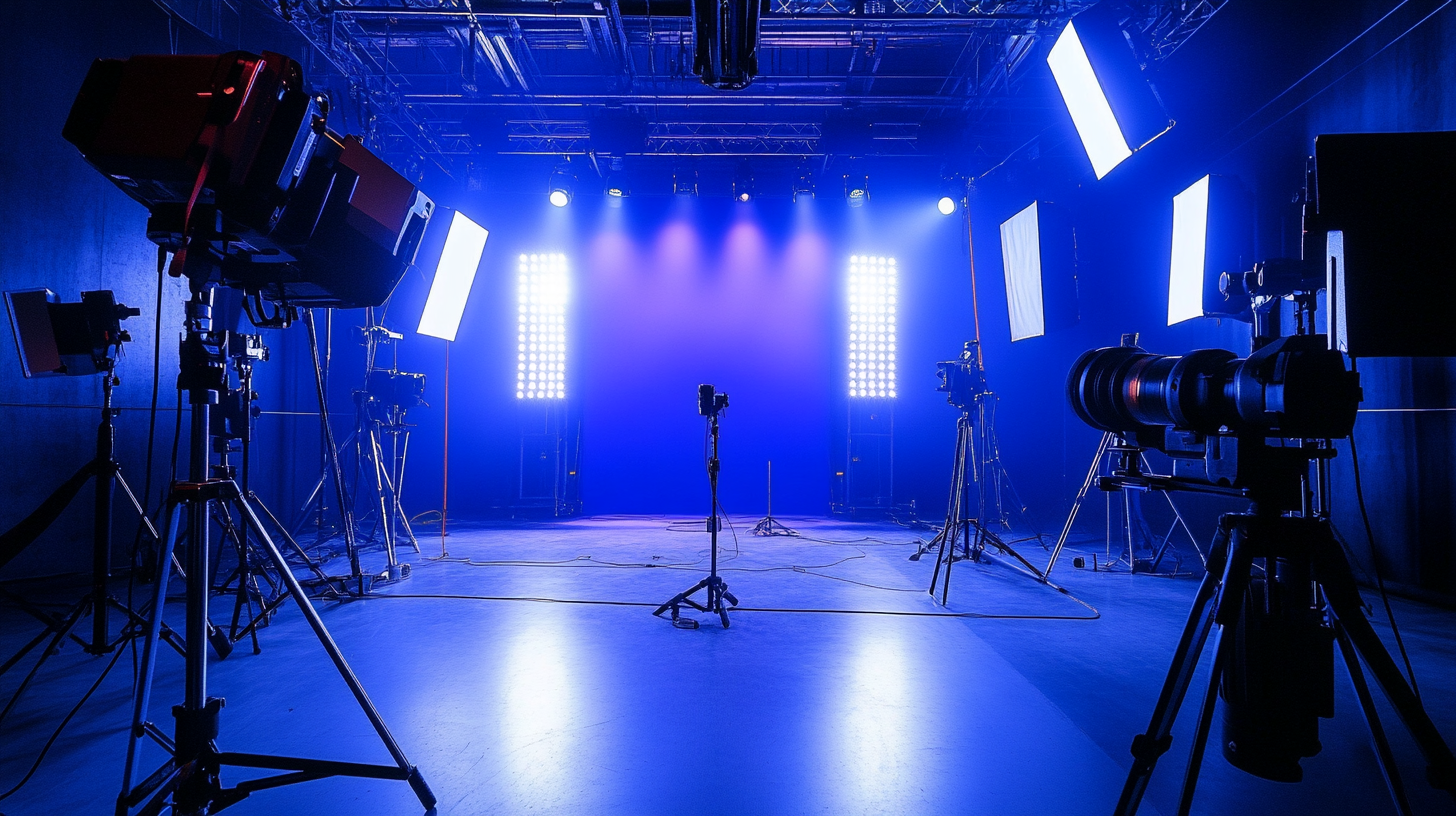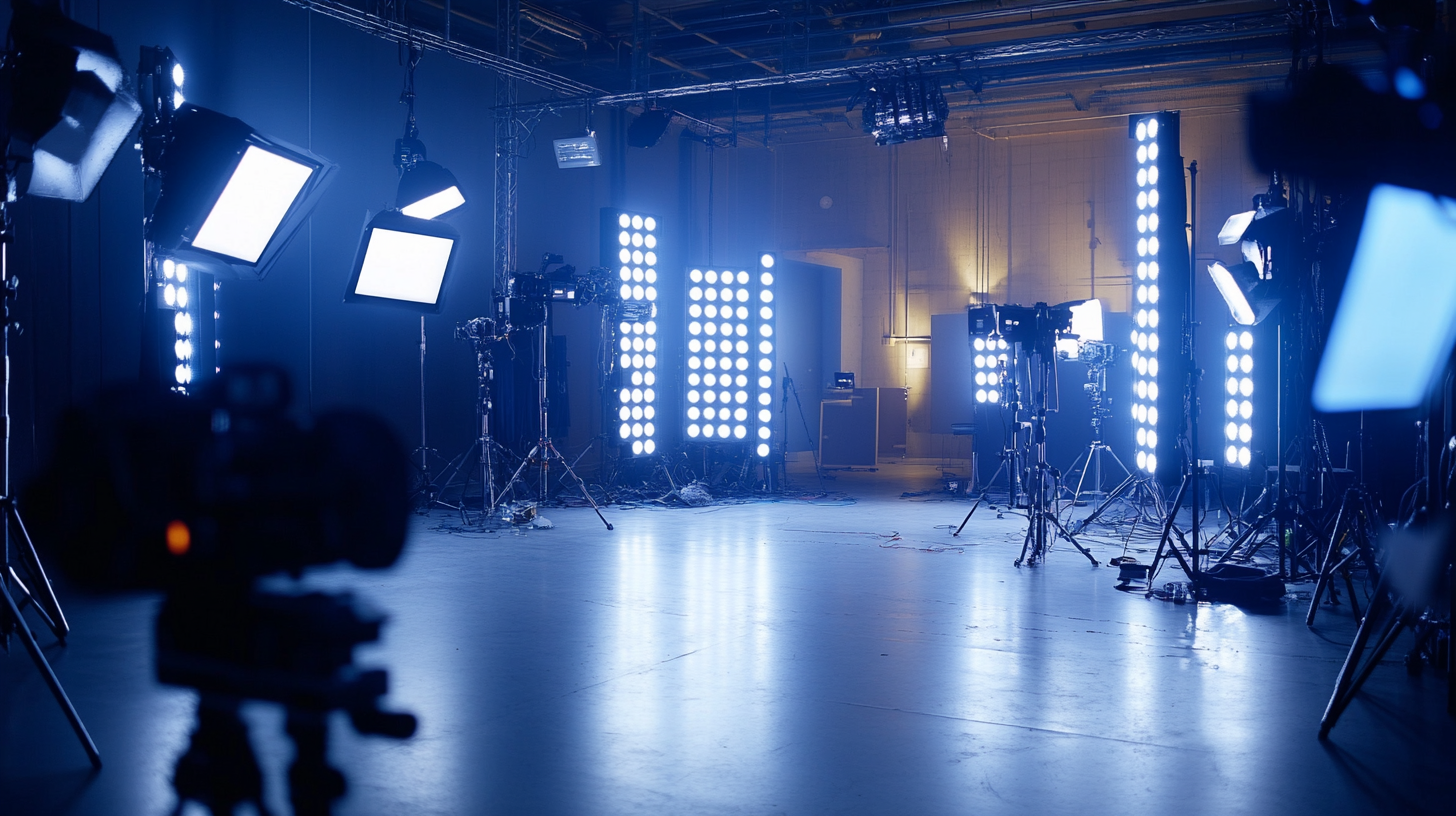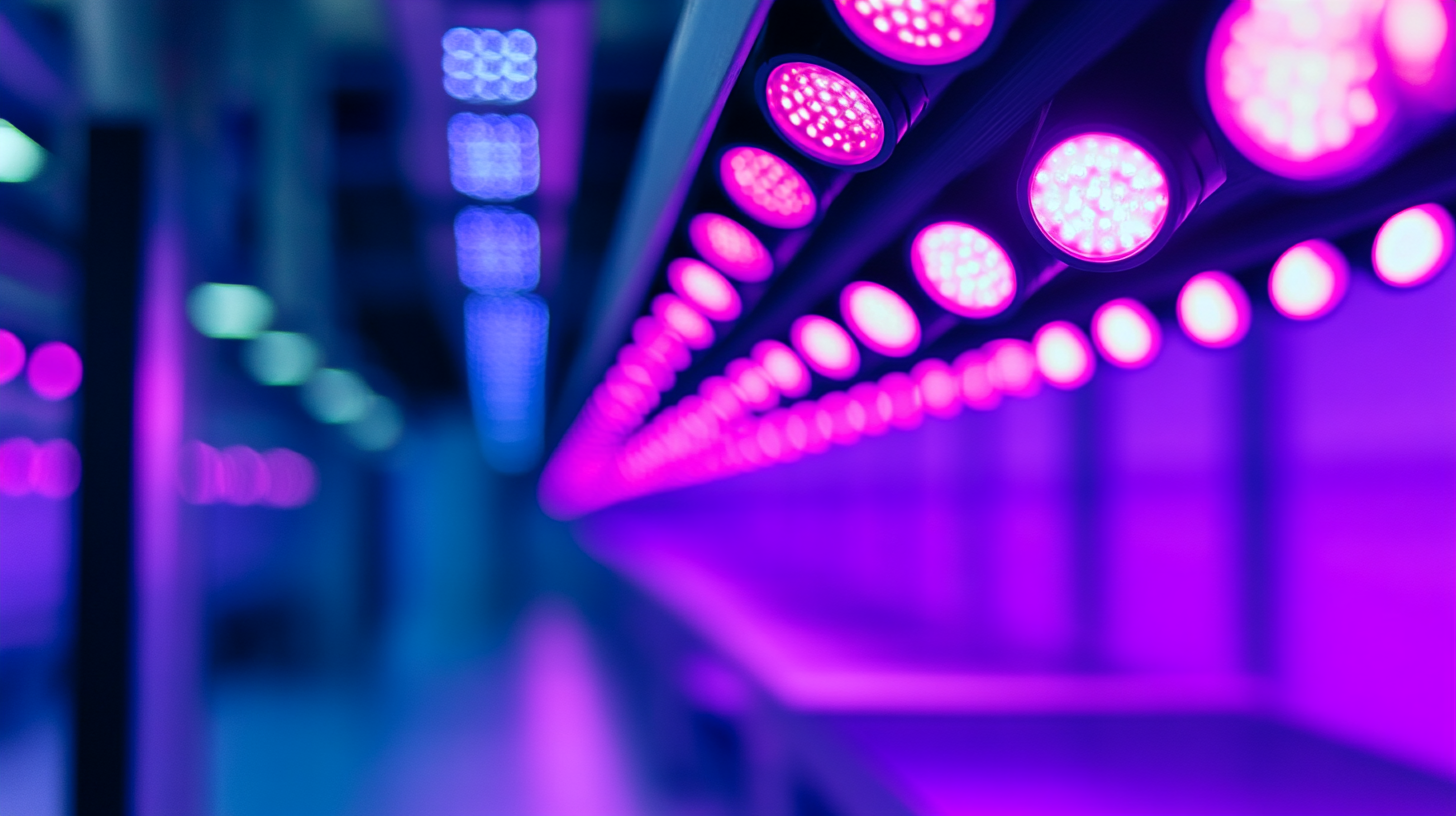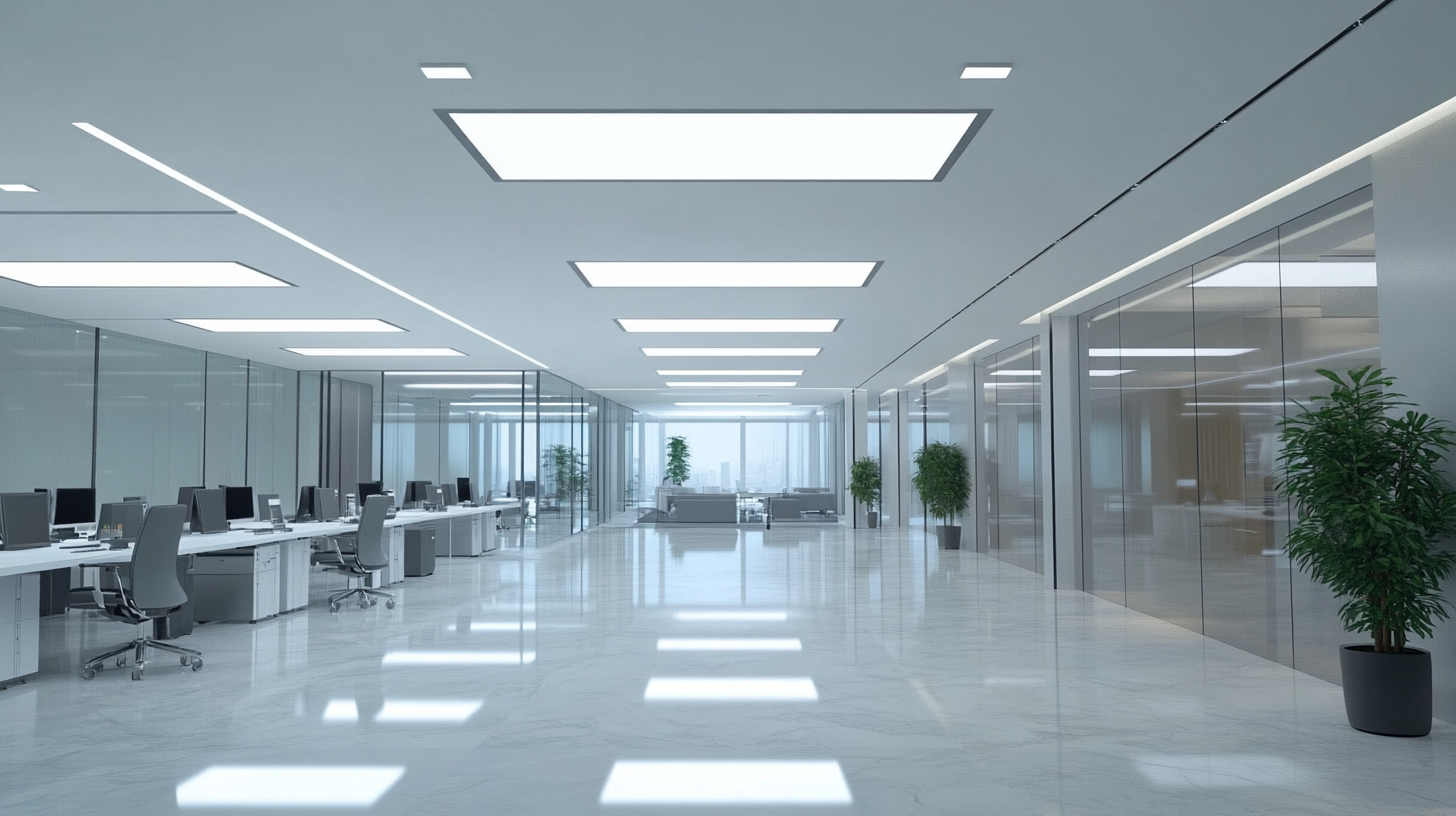Creative Uses of Led Lighting in Various Industries
In recent years, LED lighting has revolutionized various industries with its versatility, energy efficiency, and long lifespan. From commercial spaces to residential areas, the application of LED technology has increasingly become a staple in modern design and functionality. By exploring creative uses of LED lighting, we can uncover innovative ways that this technology enhances aesthetics, improves safety, and contributes to sustainability across different sectors.
As industries continue to evolve, the demand for effective lighting solutions grows. LED lighting not only meets this demand but also opens up new possibilities for creativity and innovation. Whether in retail environments that aim to attract and engage customers, in entertainment venues that design immersive experiences, or in health settings focused on patient wellbeing, the potential applications of LED lighting are vast and varied. This blog will delve into some of these exciting uses, showcasing how LED lighting is not only illuminating spaces but also transforming the way we experience our surroundings.

Innovative LED Lighting Applications in Retail Environments
LED lighting has revolutionized the retail environment, transforming not only how products are displayed but also how customers experience shopping. One of the most innovative applications of LED technology in retail is dynamic lighting, which allows stores to change light colors and intensities based on time of day, season, or special promotions. For instance, a clothing store might opt for warm, inviting tones during the evening hours to create a cozy atmosphere, while bright, vibrant colors might be used to highlight a summer sale. This adaptability enhances the mood and can significantly influence buying behaviors. Another creative use of LED lighting is in thematic displays. Retailers are increasingly using LED strips and fixtures to create immersive visual narratives around their products. For example, a beauty store might utilize LED lighting to simulate a salon environment, complete with soft whites and pinks that mimic natural light. This not only enhances the aesthetic appeal of the products but also engages customers on a sensory level, making their shopping experience more memorable. Moreover, energy efficiency is a significant advantage of LED lighting, making it an appealing choice for retailers striving to reduce operational costs. LED lights consume less power and have a longer lifespan compared to traditional lighting, resulting in reduced maintenance and energy expenses. Retailers can also utilize smart LED systems that adjust brightness based on foot traffic, ensuring that they save energy during slower periods while still providing adequate lighting for products. This blend of creativity and practicality establishes LED lighting as an essential element in modern retail strategy.

Transforming Hospitality Spaces with LED Lighting Solutions
In the hospitality industry, the ambiance plays a crucial role in creating memorable experiences for guests. LED lighting solutions have emerged as transformative tools, enhancing the aesthetic appeal and functionality of various hospitality spaces. From hotels to restaurants, innovative uses of LED lighting can evoke emotions, set the mood, and improve overall guest satisfaction.
One of the most creative applications of LED lighting in hotels is through personalized room lighting systems. Guests can control the brightness and color temperature to suit their preferences, creating a customized atmosphere that promotes relaxation or productivity. Additionally, dynamic lighting in lobbies and common areas can seamlessly change throughout the day, adapting to guests' needs—bright and energizing during breakfast hours and soft and inviting in the evening.
In restaurants, LED lighting can elevate dining experiences with strategic placement and color choices. By utilizing warm white LEDs to highlight architectural features and create intimate settings, establishments can enhance the visual appeal of their cuisine. Furthermore, LED strip lights under tables or within bar areas add a modern flair while improving visibility, ensuring that the entire dining space feels cohesive and welcoming. The ability to easily change LED colors or brightness allows for seasonal décor adjustments and themed events, making the venue versatile and appealing year-round.

Enhancing Safety and Security through Smart LED Installations
The integration of smart LED lighting systems has revolutionized safety and security measures across various industries. According to a report by MarketsandMarkets, the smart lighting market is projected to reach $27 billion by 2024, highlighting the rapid adoption of these technologies. One of the notable benefits of LED lighting is its ability to enhance visibility, crucial for maintaining safety in industrial environments. For instance, well-lit workplaces can decrease the likelihood of accidents by up to 40%, as properly illuminated areas enable workers to see hazards more clearly.
In the realm of security, smart LED installations feature advanced capabilities such as occupancy sensors and motion detection. These technologies allow for real-time monitoring and automated responses that deter potential intruders. A study published by the Security Industry Association found that well-lit spaces reduce crime rates by 20%-30%. This is particularly relevant for retail environments, where strategically placed LED lights can dissuade vandalism and shoplifting, thus safeguarding merchandise and enhancing customer safety.
Furthermore, the versatility of smart LED systems allows for customization tailored to specific security needs. For example, the ability to change light intensity and color can signal alerts in emergency situations; a blue light might indicate a security breach, while flashing red could denote the need for an evacuation. As more industries embrace smart LED lighting, the potential for improved safety and security continues to grow, indicating a significant shift towards proactive risk management strategies.

Utilizing LED Lighting in Healthcare for Patient Well-being
LED lighting is revolutionizing the healthcare industry, particularly in enhancing patient well-being. The recent implementation of specialized LED lighting in geriatric emergency departments underscores this innovation. These lights are specifically designed to improve circadian entrainment, which is crucial for regulating the sleep-wake cycle of patients, thereby promoting better rest and overall health. Moreover, the enhanced lighting conditions not only benefit patients but also aim to boost staff alertness and performance, creating a more efficient healthcare environment.
The therapeutic potential of LED lighting extends beyond mere aesthetics; it plays a vital role in creating a comforting atmosphere for patients. By adjusting the wavelengths emitted by these lights, healthcare facilities can significantly influence the emotional and psychological states of their patients. This innovative approach is part of a larger trend toward patient-led care, which emphasizes the need for environments that cater to the individual needs of patients, particularly those dealing with lengthy recovery processes, such as long COVID.
In addition to improving patient outcomes, LED lighting is being integrated into broader strategies to mitigate issues such as clinician burnout. By fostering a more pleasant and better-lit work environment, hospitals can enhance staff morale and reduce stress, thereby promoting a culture of well-being across the healthcare system. In this way, LED lighting serves as a simple yet powerful tool, transforming healthcare spaces for both patients and providers alike.
Creating Immersive Experiences in Entertainment with Dynamic LED Designs
In the world of entertainment, the use of dynamic LED designs has revolutionized the way we experience events, from concerts to theatrical performances. When integrated effectively, LED lighting transforms spaces into visually captivating environments, enhancing the overall atmosphere and engaging audiences on a deeper emotional level. The adaptability of LED technology allows for vibrant colors, rapid changes, and intricate patterns that can correspond with music beats or dramatic moments on stage, creating an immersive spectacle that resonates with viewers.
Concerts have particularly embraced the power of dynamic LED designs. Lighting designers can choreograph light shows that sync perfectly with live performances, making every beat feel more exciting. For instance, bands often use LED screens and moving lights to create stunning backdrops that elevate their visual storytelling. This synergy not only amplifies the energy of the performance but also allows artists to connect with their audience in innovative ways, leaving lasting impressions.
In theater, dynamic LED lighting is equally transformative, setting the mood and providing context for scenes. With the ability to shift colors and intensities, LED lights can rapidly transition from bright, cheerful tones to eerie, shadowy hues, directly influencing the audience's emotional response. The flexibility of LED technology supports imaginative staging, allowing for rapid scene changes without cumbersome physical set alterations. As the industry continues to explore creative uses of LED lighting, the possibilities for crafting unforgettable experiences are virtually limitless, ensuring that audiences remain engaged and enthralled.

